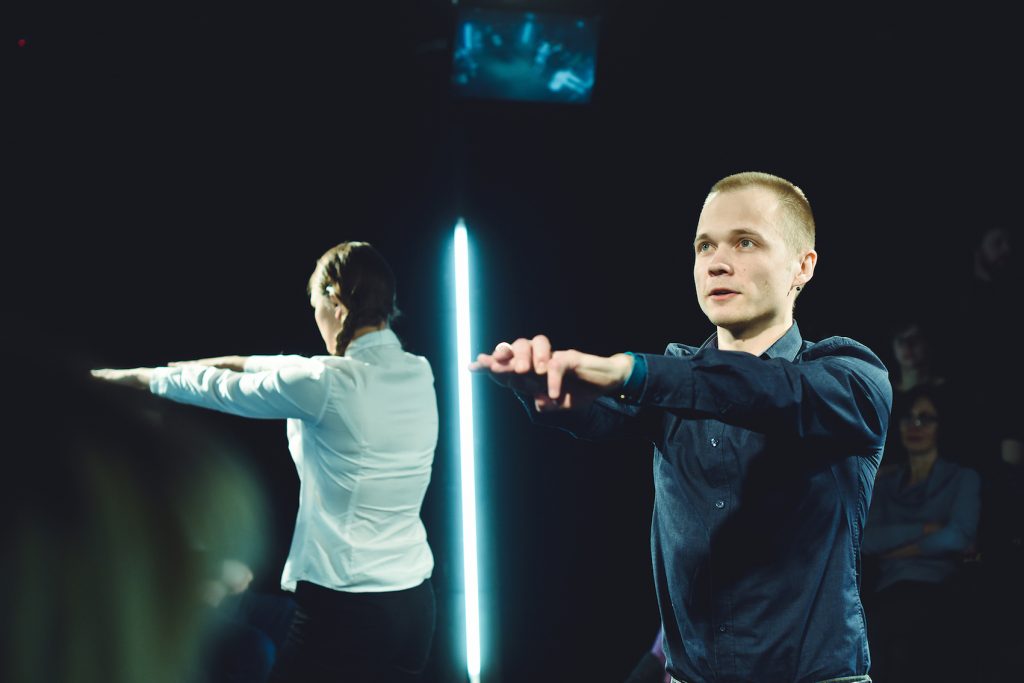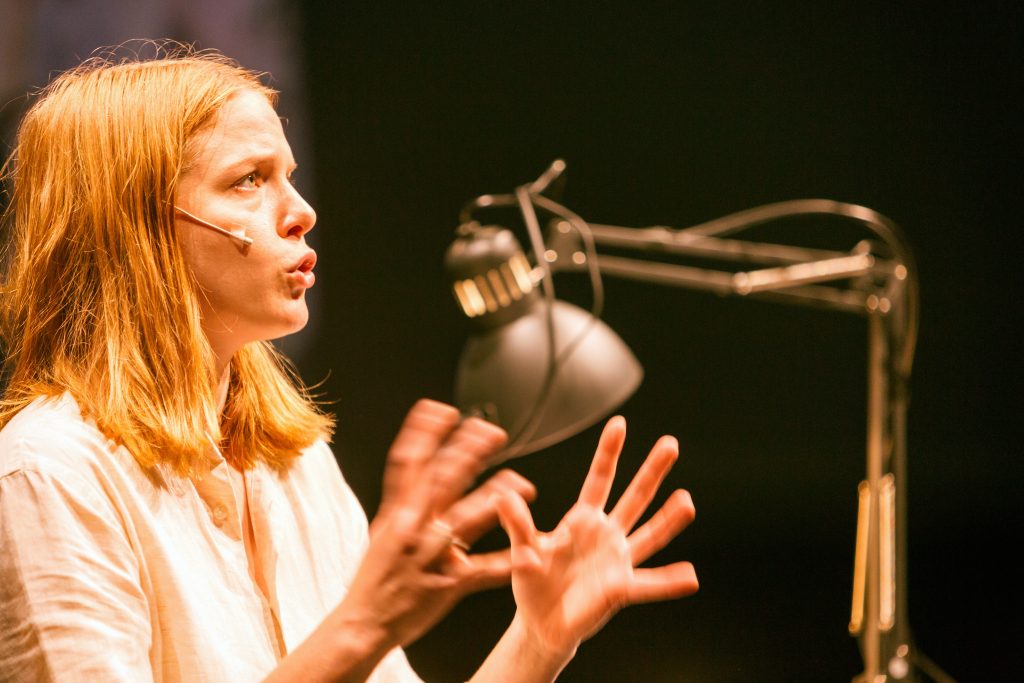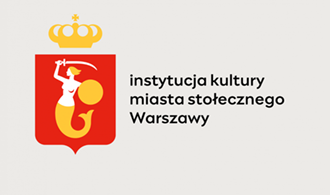October 18 marks the beginning of the Baltic Transfer* Festival. We would like to introduce you to the culture of our Baltic neighbors. We invite you to read an interview with Valters Sīlis, the director of the plays “Being a nationalist” and “I had a cousin”.
13.10.2021

What don’t others know about your country that you think they should know?
When I lived in Warsaw some 14 years ago, it was very hard to explain that I am not from Litwa but from Łotwa. But I can recomend visiting Latvia and when you are in Riga enjoy not only sightseeing but also its art, music and theatre scene. Because there are things that can surprise you.
What is the most popular sport in your country?
I think ice-hockey can bring the biggest crowds in Lavia. But basketball certainly is also very important.
Are there some common characteristics of the Baltic countries? If so, what are those characteristics?
The history in the last century certainly is common. And with Estonia we have common history for more centuries. We find each other being pretty different. But certainly we are quite connected, and although we speak in different languages, it is easy to find comon ground to talk about and make friends.

What best defines modern Baltic countries in your opinion?
Our politics is split in a way that some politicians take Orban in Hungary and Law and Justice in Poland as the best example they want to follow. Then there are parties who look for examples in politics from Sweden and Finland, and at least at this moment we are in strange equelibrium in betwean those two directions. So as in many places in Eastern Europe, at one moment we can feel very happy fow advanced and developed our country is to feel completely oposite way the very next moment.
What dish best defines the traditional cuisine of your country?
Same as Lithuanians we have cold beatroot soap. Very traditional food which I don’t understand is a stew made with local grey peas (similar to chickpeas), fried onions, and diced speck.
What is the most recognizable artist who was born in your country?
Mark Rothko, Sergei Eisenstein, Mikhail Baryshnikov, Pēteris Vasks, Vija Celmiņa I think are names that probably are or could be recognizable. But of course for me the most important artists who were born in Latvia are the ones who impacted me the most when I was in my late teens; Visual artists Aija Zariņa, Ieva Iltnere, Miķelis Fišers, Gints Gabrāns, documentary filmmaker Askolds Saulītis, theatre directors like Viesturs Kairišs and Māra Ķimele, new wave band Dzeltenie Pastnieki, performance artist, musician and DJ Hardijs Lediņš and many others among whom some have gained some internationational recognition and some have not. But they certainly inspired me to go into the field of art myself.
What is a common thing to do in your country that the rest of the world finds strange?
Eating cold beatroot soap is weird for some, but as I am Latvian it is hard to know what is strang about me.
More about director
Valters Sīlis is one of the most active Latvian directors, working both on the big stage of the National Theatre and in small independent venues. He takes a particular interest in the recent history of Latvia, addressing painful and controversial socio-political issues from the perspective of the young generation. Together with dramaturg Jānis Balodis they have investigated and devised
engaging and critical performances about the Latvian presidential institution after the fall of Soviet Union (“All My Presidents”), the rise of Latvian economy in 2008-2010 (“Success Story”), environmental pollution (“Mārupīte”), the Latvian national development plan („NAP”) and the rise and fall of one of the most popular Latvian rock bands from the 1990s (“Under Two Flags”). The director’s inquisitive, informal and honest attitude is also visible in his latest works that put greater focus on
micro-stories and choices of individuals, often young people, in specific contexts (“Being a Nationalist”, 2017, “Boy Who Saw in The Darkness”, “Based on a Book”, 2019), turning gaze also to himself at the biographical piece “Looks Like You’re Going To Die” (2020), co-created with artist Kate Krolle.
